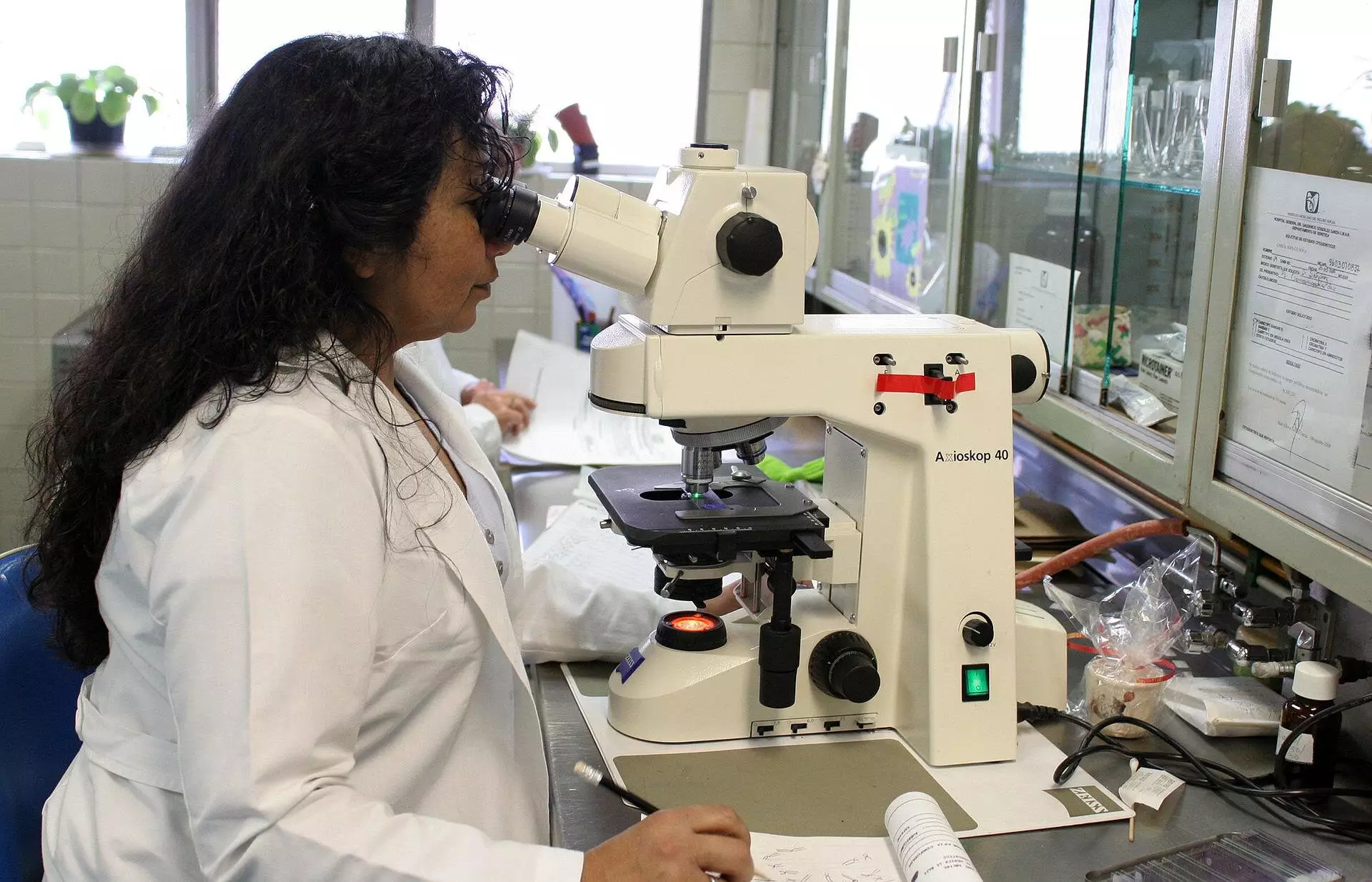When using a microscope to view biological samples, it is important to consider the disturbance that occurs when the lens of the objective is in a different medium than the sample itself. This disturbance can lead to inaccuracies in the measurement of depth, causing the sample to appear flattened. For instance, if a watery sample is viewed with a lens surrounded by air, the light rays may bend more sharply in the air than in the water, resulting in a perceived smaller depth in the sample.
Historically, theories have been developed to determine corrective factors for this depth distortion issue. However, these theories have all assumed that the corrective factor remains constant regardless of the depth of the sample. It was not until Nobel laureate Stefan Hell pointed out in the 90s that this scaling could be depth-dependent, that researchers began to explore this possibility further.
Sergey Loginov, a former postdoc at Delft University of Technology, has conducted calculations and developed a mathematical model that demonstrates the depth-dependent nature of the flattening effect. This was subsequently confirmed in the lab by Ph.D. candidate Daan Boltje and postdoc Ernest van der Wee. Their work, published in the journal Optica, presents a new perspective on depth determination in microscopy.
Practical Applications of Depth-Dependent Scaling Factor
The findings of the research have practical implications for the field of microscopy, particularly in electron microscopy. By accurately determining the depth of a sample, researchers can more precisely analyze the structure of proteins and biological systems. This is crucial for understanding and potentially combating abnormalities and diseases. Daan Boltje emphasizes the importance of ensuring that researchers are looking at the correct structures in biological systems, as this can have a significant impact on the outcome of the study.
To facilitate the application of depth-dependent scaling factors in microscopy experiments, the researchers have developed a web tool and software that allows users to input relevant details of their experiment. By providing information such as refractive indices, aperture angle of the objective, and the wavelength of the light used, the tool generates a curve for the depth-dependent scaling factor. This data can be exported for further analysis and comparison with existing theories.
The discovery of the depth-dependent scaling factor in microscopy has opened up new possibilities for more accurate and precise analysis of biological samples. By understanding and applying these findings, researchers can improve the quality of their research and ultimately contribute to advancements in the field of biology and medicine. The development of web tools and software to facilitate the calculation of depth-dependent factors further enhances the accessibility and usability of this important research.


Leave a Reply